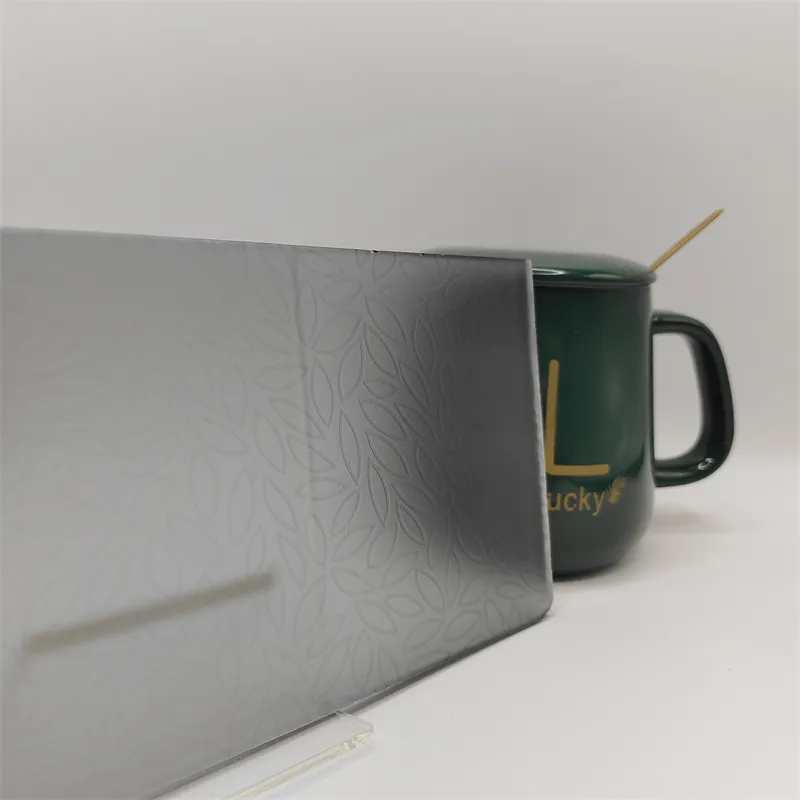Nov . 10, 2024 00:02 Back to list
Different Types and Benefits of Tinted Glass for Various Applications
Understanding Tinted Glass Types A Comprehensive Overview
Tinted glass is an essential component in modern architecture and interior design, offering a myriad of benefits from aesthetics to functionality. It refers to glass that has been treated or manufactured with additives to change its color and transparency. This not only enhances its visual appeal but also serves practical purposes, such as reducing glare, improving energy efficiency, and providing privacy. In this article, we will explore various types of tinted glass, their applications, and benefits.
Types of Tinted Glass
1. Solar Control Glass This type of tinted glass is designed specifically to minimize solar heat gain while allowing natural light to penetrate. It is commonly used in commercial buildings and large windows, where reducing cooling costs is crucial. Solar control glass can come in different shades, from subtle tints to darker hues, depending on the desired level of heat reduction.
2. Low-E Glass Low-emissivity (Low-E) glass incorporates a special coating that reflects infrared light while allowing visible light to pass through. While this glass is not traditionally tinted, the use of advanced coatings can result in a tinted appearance. Low-E glass helps in regulating indoor temperatures, making it an energy-efficient choice for residential and commercial applications.
3. Bronze and Gray Tinted Glass Bronze and gray are two of the most common colors used in tinted glass. Bronze tint offers a warm tone that complements traditional architectural styles, while gray provides a sleek, modern look. Both types effectively reduce glare and improve privacy, making them ideal for office buildings and high-rise structures.
4. Green Tinted Glass This type of glass provides a subtle green hue, which is often associated with eco-friendliness. Green-tinted glass not only enhances the aesthetic appeal of buildings but also offers a good level of solar control. It is popular in both residential and commercial settings and works well with various architectural designs.
5. Blue Tinted Glass Blue tint adds a striking visual element, making it a favorite choice for contemporary designs. It provides excellent glare reduction and can enhance the overall ambiance of a space. Blue-tinted glass is often used in offices, storefronts, and residential properties where a modern aesthetic is desired.
6. Reflective Glass Reflective tinted glass has a mirrored finish that enhances privacy by reflecting outside views while allowing occupants to enjoy the scenery. This type is particularly popular in skyscrapers and commercial buildings. The reflective quality also aids in reducing solar heat gain, contributing to energy efficiency.
tinted glass types

Benefits of Tinted Glass
1. Energy Efficiency Tinted glass can significantly reduce the need for air conditioning by limiting solar heat gain. This can lead to lower energy bills and a reduced environmental footprint.
2. Glare Reduction By minimizing glare from sunlight, tinted glass provides a more comfortable environment for both workers and residents. This is particularly beneficial in office settings where screen glare can be distracting.
3. UV Protection Tinted glass can block a significant amount of ultraviolet (UV) rays, protecting furniture, carpets, and artworks from fading over time.
4. Privacy Various tint levels offer privacy without sacrificing natural light. This is especially advantageous in urban settings with close proximity to neighboring buildings.
5. Aesthetic Appeal Tinted glass can enhance the visual appeal of a building, allowing for creative design expressions that align with contemporary trends.
Conclusion
Whether for residential, commercial, or industrial use, tinted glass presents a versatile solution that harmonizes functionality with style. By understanding the different types and their applications, architects and designers can make informed choices that not only meet aesthetic goals but also enhance energy efficiency and occupant comfort. As sustainability becomes increasingly important in design, tinted glass will undoubtedly continue to play a vital role in shaping modern architecture.
-
Safety and Style with Premium Laminated Glass Solutions
NewsJun.24,2025
-
Reinvents Security with Premium Wired Glass
NewsJun.24,2025
-
Premium Float Glass Line for Modern Architecture
NewsJun.24,2025
-
Low Emissivity Glass for Energy-Efficient Architecture
NewsJun.24,2025
-
High-Performance Insulated Glass Solutions for Modern Architecture
NewsJun.24,2025
-
Elevates Interior Style with Premium Silver Mirror
NewsJun.24,2025
Related PRODUCTS














